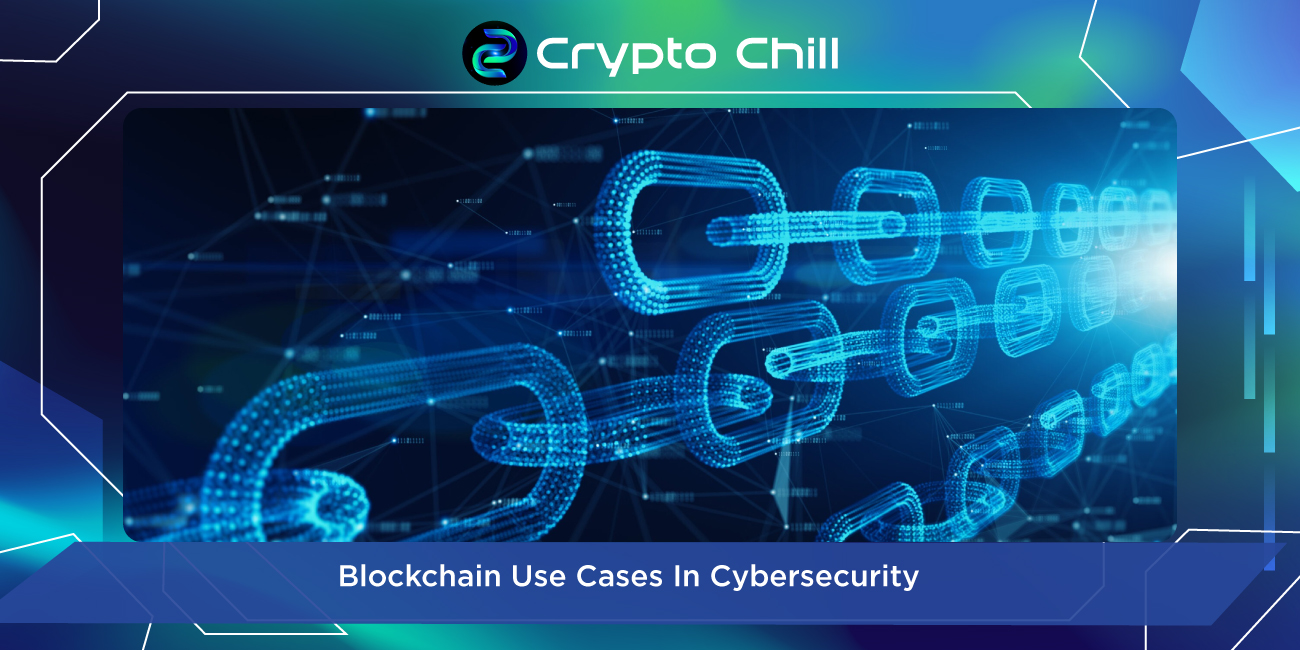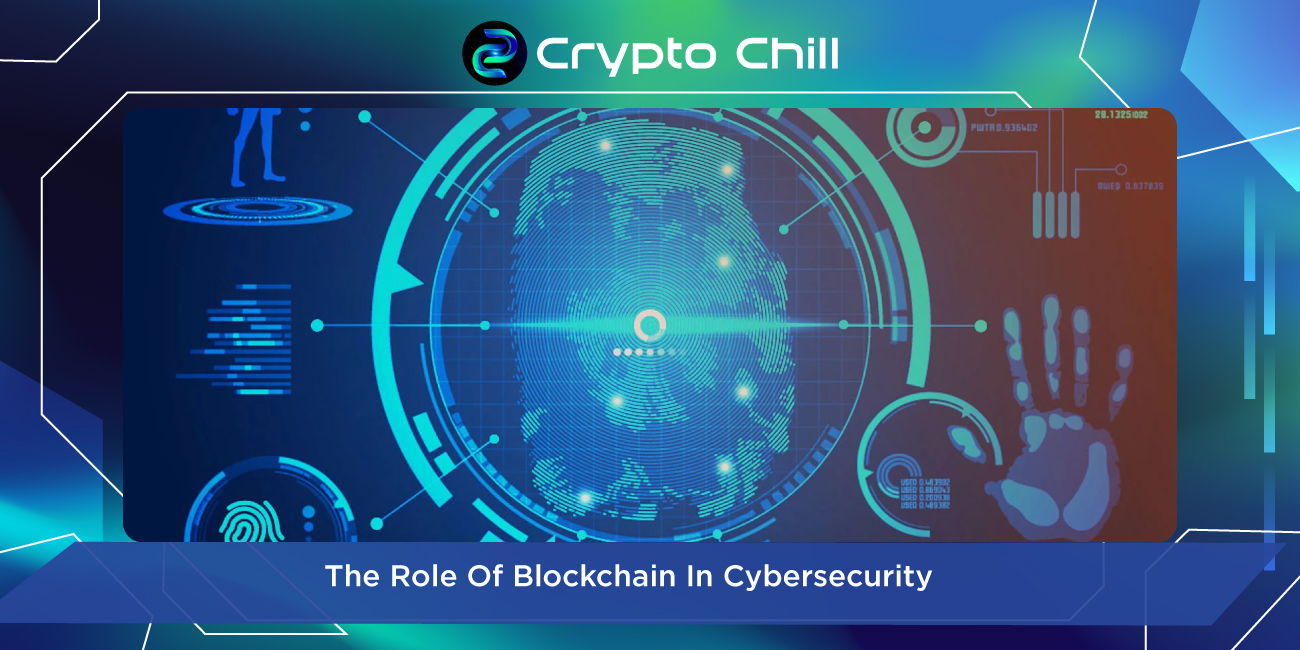Blockchain technologies have ushered in a new era of security and data integrity, promising to revolutionize the way we safeguard information. But with the rapid growth of blockchain comes a pressing question: Are these networks inherently secure, or must we tailor them to meet our security needs?
Exploring Blockchain’s Inherent Security Attributes
Blockchain’s foundational design offers an array of security attributes. It disperses record-keeping across a network, eliminating reliance on a single central authority. The decentralized nature of blockchains presents a natural defense by removing the vulnerability of a single point of failure.
Moreover, blockchain incorporates security features like cryptography, public and private keys, consensus mechanisms, smart contracts, and identity controls. These intrinsic elements provide data protection and integrity by validating access, verifying transaction records, ensuring traceability, and upholding privacy.
Incorporating Blockchain into Cybersecurity
In essence, these configurations enhance blockchain’s position in the triad of confidentiality, integrity, and availability by bolstering resilience, transparency, and encryption. However, we must remember that blockchains are man-made systems, making them susceptible to human errors, biases, and vulnerabilities based on their use, implementation, or malicious intent.
The theory suggests that blockchain is inherently secure by design, but practical application dictates that we must customize blockchains to meet specific security criteria.
A Case-Based Approach to Blockchain for Cybersecurity
When diving into the realm of blockchain for cybersecurity, we must recognize that it’s not about the technology itself, but rather the issues, interactions, and trade-offs it can address. Here are six pivotal categories where blockchain is making its mark on security and privacy:
Resilience and Availability
The decentralized infrastructure of blockchain serves as a formidable defense against attacks, corruption, and downtime. It mitigates vulnerabilities by distributing information and communication technology networks, reducing data exposure, and rerouting users when centralized databases falter or come under attack. In the world of the Internet of Things (IoT), this decentralized structure empowers security decisions at the network’s periphery, away from a central hub.
Data Integrity
On a blockchain, data becomes unchangeable as network nodes cross-reference and validate transactions. However, data off-chain can still be corrupted. Blockchain’s on-chain signatures ensure data integrity and offer a secure foundation for applications demanding ironclad security, such as decentralized voting, collaborative health and scientific data exchange, and decentralized metadata – vital for optimizing AI in cybersecurity.
Traceability and Provenance
Transparency and traceability are the cornerstones of blockchain designs. These attributes manifest differently across various applications. In supply chain management, a distributed ledger stores tamper-proof records of transactions and freight data across multiple parties. This reduces the risks of counterfeiting and tampering. In financial use cases, transparency and the immutability of payment history reduce reliance on central brokers. Blockchains enhance the security and privacy of transactions, like remittances and cross-border payments.
Authentication of Software and Device Interactions
Blockchain transactions aren’t limited to finance; they verify various interactions, helping prevent the compromise of IoT devices. Authenticating software updates is a critical cybersecurity practice due to the proliferation of malicious “updates.” Blockchain hashing enables organizations to verify updates, downloads, and patches with the product’s developer, effectively thwarting supply chain attacks – a primary threat vector.
Authentication of Individuals
Several blockchain components have applications in identity protection, authentication, access management, and more. These capabilities offer diverse security benefits, including sensitive data protection by shifting on-chain information to cryptographic hashes. It allows for data minimization, reducing what is stored on-chain to a minimum necessary for operation. Blockchain’s cryptographic keys authenticate identity attributes and credentials, thus preventing identity theft. Moreover, it facilitates multi-signature access controls, decentralized administration, and secure data exchange in messaging, chat, and social media apps.
Ownership Validation
Blockchain technology is revolutionizing how we prove ownership of online assets. In a world where physical deeds can be lost or certifications become obsolete, blockchain steps in. It empowers students, teachers, professionals, artists, property owners, and manufacturers to assert their ownership rights. By creating an immutable record of authenticity and ownership, blockchain is becoming instrumental in myriad use cases.
Conclusion
The world is already witnessing how blockchain applications are enhancing security, providing controlled access, ensuring accountability, transparency, and efficiency. Security leaders should thoroughly comprehend blockchain’s general design and potential before implementing these use cases to foster trust in the digital realm. As blockchain continues to evolve, its role in fortifying cybersecurity will only grow, safeguarding our digital future.
Disclaimer: The information in this article is not investment advice from CryptoChill. Overall, cryptocurrencies always carry many financial risks. Therefore, do your own research before making any investment decisions based on this website’s information.









No Comment! Be the first one.